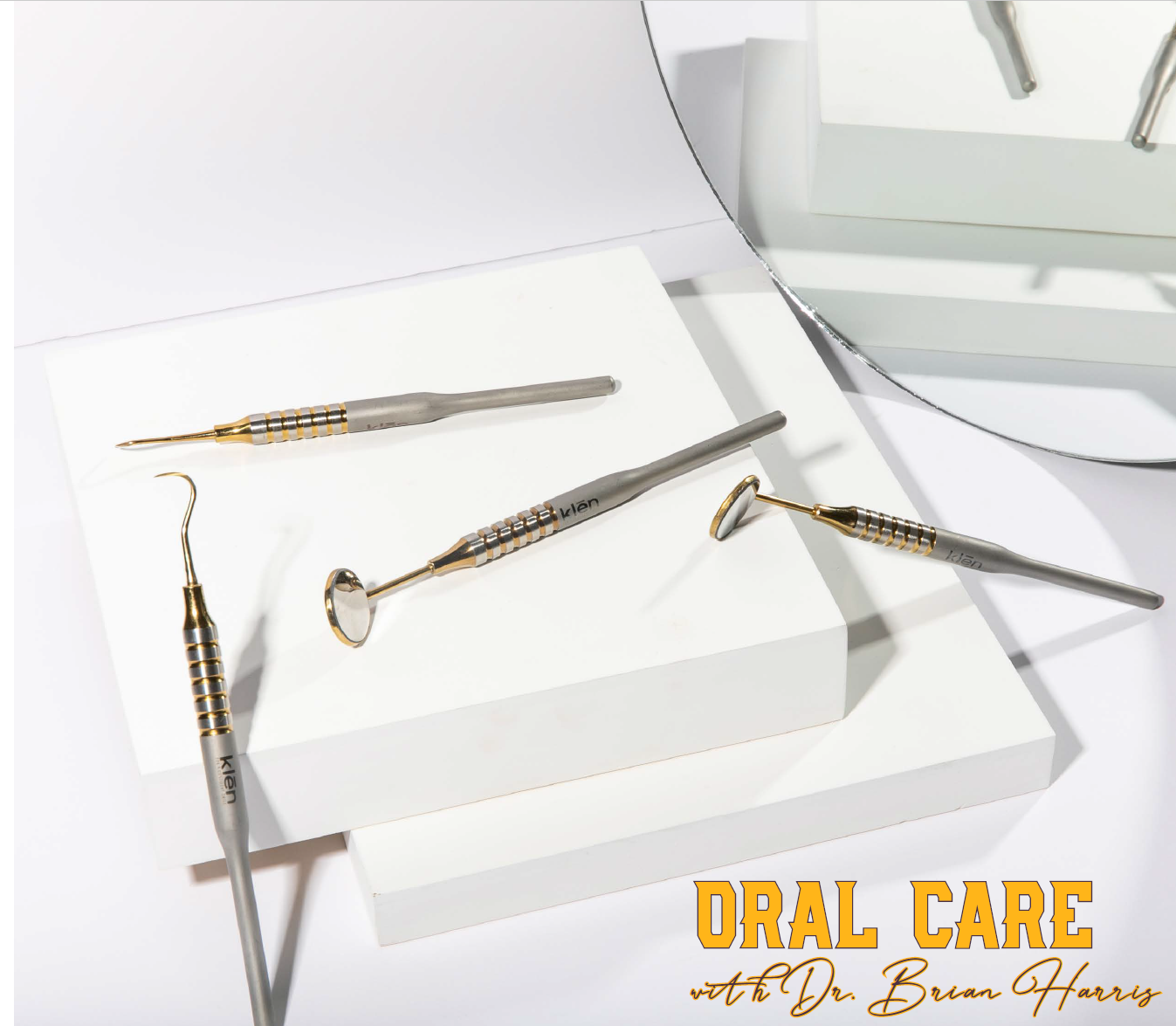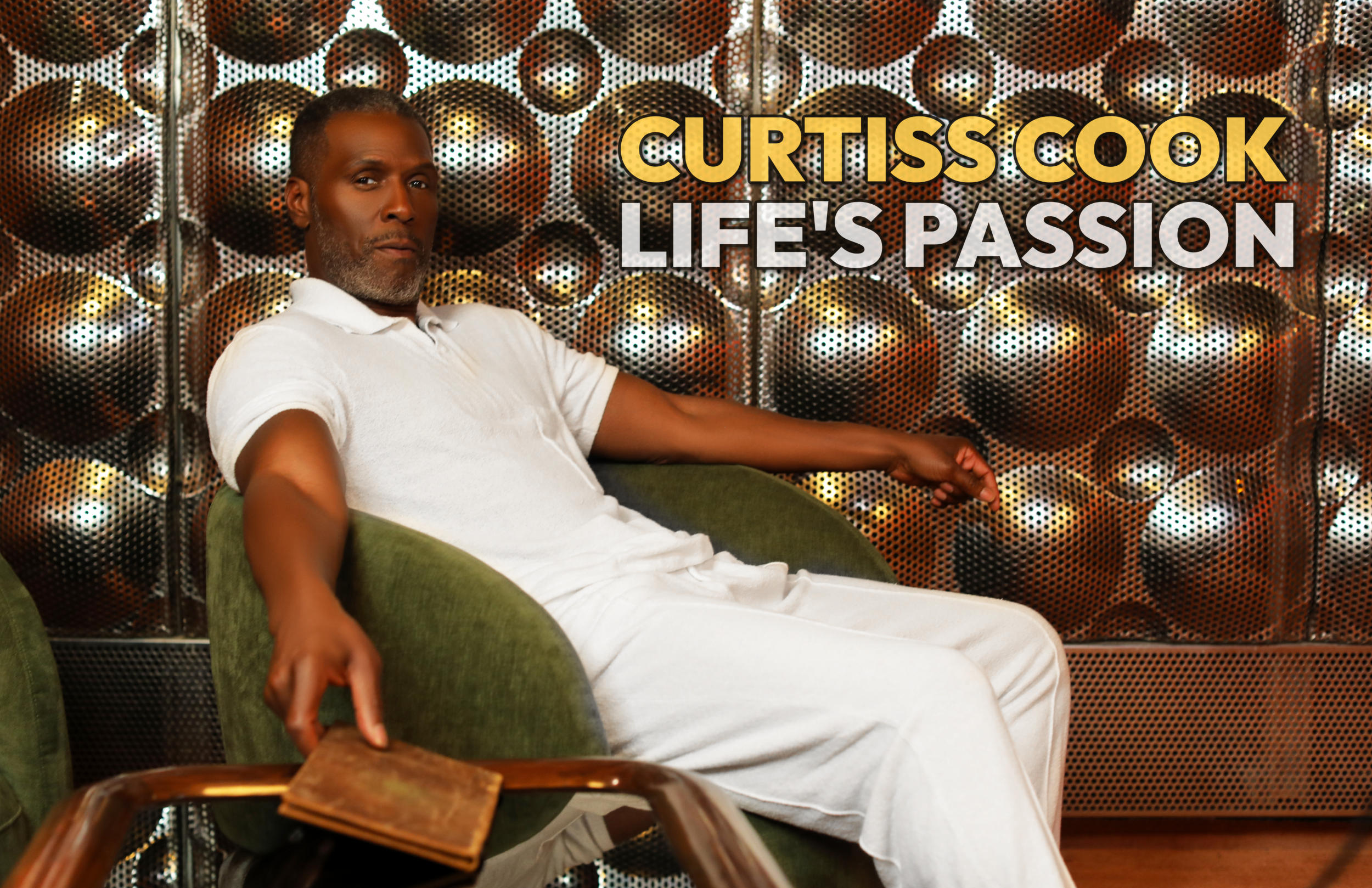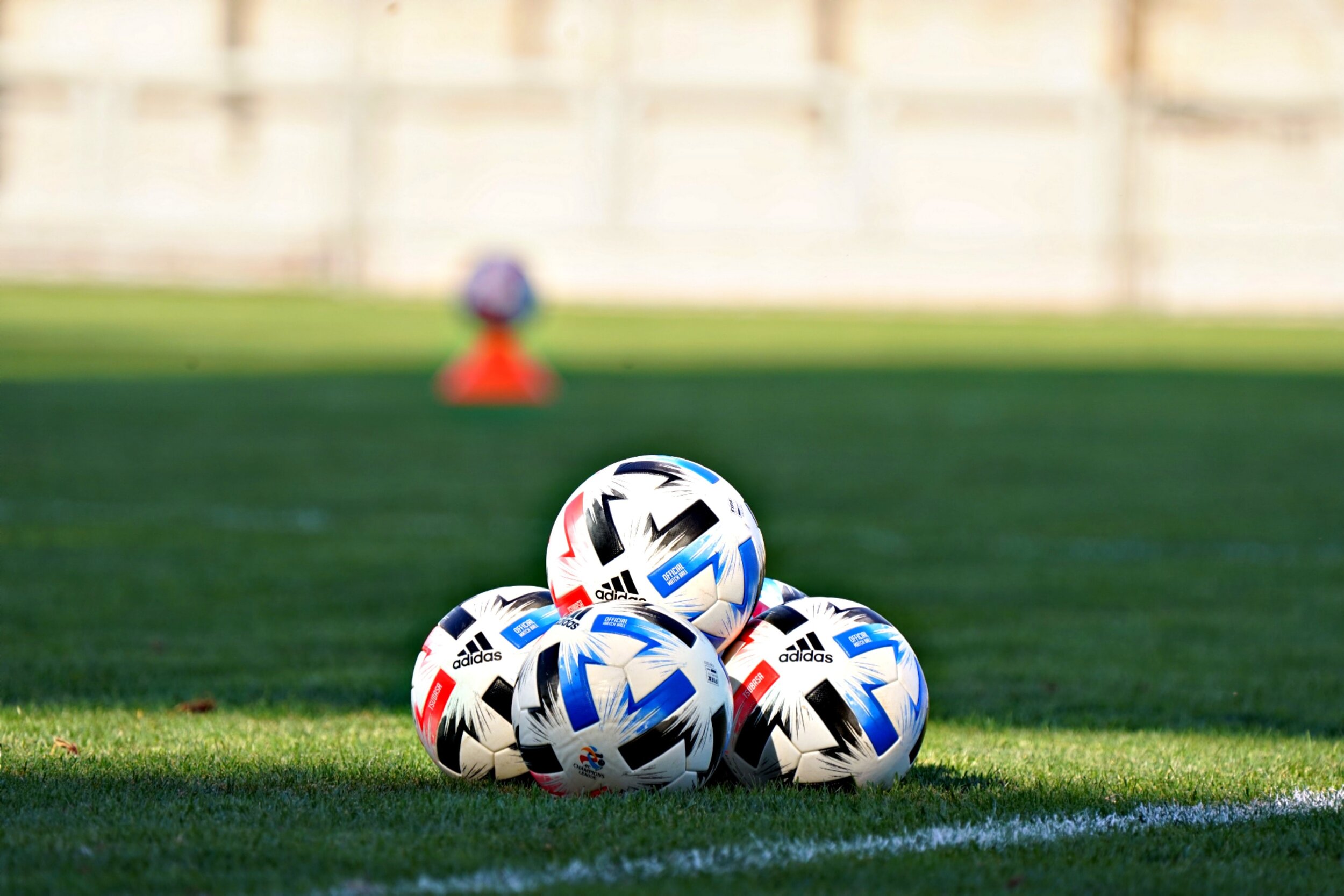Exercise plays an important part in maintaining overall health. Still, there’s a risk of injury during exercise, especially when participating in a sport. You could be at risk if you haven’t been physically active or if you sometimes forget to warm up properly before exercise.
Sports injuries are commonly caused by poor training methods, accidents during training, or weakness in muscles, tendons, ligaments. These injuries may include sprains, strains, swollen muscles, fractures, and others. However, depending on the severity of the injury, it may take a few weeks or months to fully recover.
Prevention is always the best route when dealing with sports injuries. But if you find yourself dealing with an injury, this article may guide you with the process of recovery. Here are the best ways to regain strength and endurance after a sports injury:
Seek Professional Treatment
After the first month, there should be no obvious swelling or bruising surrounding the wounded area. Also, if you are experiencing severe pain or discoloration, even after taking prescriptions and following the PRICE method (more of this below), then it’s time to seek treatment from a professional.
Other symptoms that may indicate a serious injury that needs medical attention include: acute pain and swelling, visible deformities, and dizziness. Furthermore, severe sports injuries may require physical therapy and surgery. If you’re looking for a sports medicine doctor, please visit this site.
Physical Therapy: Physical therapy, or physiotherapy, may be beneficial for certain athletes who are healing from a long-term injury. It's a specialized treatment that use techniques such as massages, compression, and exercises to improve strength and flexibility, strengthen muscles, and restore normal function to the injured area. A physiotherapist can also create an exercise routine to help strengthen the injured body part and limit the risk of the injury recurring.
Surgery: Most sports injuries don't need surgery, but major injuries, such as broken bones, may need it. This may involve surgery to secure the bones using wires, plates, screws, or rods. A torn knee ligament, for example, may require surgery. However, most of the time, damaged bones may be realigned without the need for surgery.
2. Price Method
You might experience pain during the first few hours of a sports injury since it’s the body’s natural reaction to an injury. Also, you may feel swelling and bruising in addition to the immediate pain. The injured area may also be sensitive to movement and touch.
Minor injuries, like sprains and muscle strains, can be treated at home using the PRICE method for two or three days. PRICE is an acronym coined by trainers and athletes to easily remember how to treat a minor sports injury. PRICE stands for protection, rest, ice, compression, and elevation.
Protection: Protecting the affected area from further injury is the first step. Crutches or a cane, for example, can help protect an injured leg or foot by reducing or eliminating weight-bearing. Protecting the damaged area by partially immobilizing it with a sling, splint, or brace is another option.
Rest: The body requires time to recover from any injury, and one of the most effective way to heal is rest. Although it may be tempting to push through the pain and keep going, this can delay the healing process. The affected area is weak and vulnerable to further injury, especially during the first few hours. For this reason, an injured person should avoid rigorous activities that may hinder healing.
Ice: Ice, a basic form of cryotherapy, can treat minor sports injuries. Cryotherapy can be done in several ways. However, the most basic way to apply cryotherapy is to put ice in an ice bag or a plastic bag and place it over the affected area. Applying ice to an injury is most beneficial within the first two days as it helps minimize and reduce swelling and reduce pain.
Compression: Use a stretchable bandage to wrap around the injured part. This will minimize swelling by preventing fluid from forming. It can also help relieve pain by immobilizing the affected area. The bandage should be applied with a medium amount of tension to give enough, but not too tight, compression. Also, the bandage should not induce numbness and color change on the skin. If this occurs, loosening the bandage should soon ease them.
Elevation: Elevating is recommended to control swelling, allowing fluid to flow away from the affected area. Controlling swelling can reduce pain and possibly speeding recovery. Elevation is done by elevating the injured area above the heart's level. However, if you can’t lift the injured area above your heart, try to keep it at the same level as your heart or near it.
As you can see, the PRICE method is helpful for minor sports injuries. For best results, follow this method immediately within the first 24 to 36 hours following an injury.
3. Pain Relief
Pain relievers are commonly used to manage muscle pain and reduce inflammation surrounding an injury. Most athletes take pain relievers to cope with minor aches, pains, and injuries. These two basic non-prescription medications are good for many types of pain:
Acetaminophen: Acetaminophens (Tylenol) can help with pain and fever, but not inflammation. It acts on the brain's serotonergic, endocannabinoid, and vanilloid systems, and it's considered a safe pain reliever for both children and adults. However, large doses of these can harm the liver.
NSAIDs: Non-steroidal anti-inflammatory drugs (NSAIDs) can help with aches, pains, fevers, and inflammation. NSAIDs includes aspirin, naproxen (Aleve), and ibuprofen (Advil, Motrin). These help ease inflammation brought on by an injury, arthritis, or a fever. However, NSAIDs aren't recommended for use before or during endurance training because they can cause stomach distress or gastrointestinal bleeding in some people.
Tips To Mentally Recover From A Sports Injury
Sometimes, being strong physically is mistaken for being strong mentally. Just because athletes are strong physically doesn’t mean they aren’t prone to depression and mental stress. Athletes are also humans, and humans have a tendency to stress out when things don't go as planned. Although sports injury recovery normally focuses on physical rehabilitation, it is also important to add sports psychology approaches to aid with mental healing.
4. Understand the Injury
Consult your doctor, do research online, talk to other athletes, and read books to understand everything you can about the injury. Know what kind of injury you have, how it was diagnosed, how long it will take you to heal, what treatment options you have, what to do and what not to do during recovery, and the warning signs to look for if the injury gets worse.
Having this knowledge will help you in setting realistic recovery goals so you don't panic or become nervous if the process takes longer than you expected. Ask these questions to your therapist to know what you can do to recover quickly and effectively:
What is my diagnosis?
How can I treat my injury?
How long will the recovery process take?
What should I expect during the recovery process?
What other activities can I do safely?
5. Accept Your Injury
Accept that you have been injured, and that your status is as good as it can be given the circumstances. Take control of your self-care, and treat your body right. Forget about the things you can't control and focus all on the things you can. Control what you can, and do so for your body's wellbeing. Rather than focusing on your reduced performance, it may be more helpful to simply accept that you have an injury.
Furthermore, acknowledge your body's desire to recover strength and endurance by resting. It's alright to be emotional about your injury, but try not to let your frustrations overcome your mind.
6. Honor Your Feelings
If your sport is a major part of your life, it's natural to be disappointed by your inability to participate in it. You may be missing your teammates, friends, or the sense of achievement that comes with scoring a goal or winning a game.
As a result, you might go through the five stages of grief (denial, anger, bargaining, depression, and acceptance). For that reason, recognizing and acknowledging these feelings is an important step to controlling them, owning them, and moving past them, hence, speeding mental recovery. By owning your feelings, you ensure that your injury has no power over you.
7. Set Realistic Goals
Athletes are usually goal-setters. They're used to keeping track of data and monitoring performance to reach goals. If you're dealing with an injury, however, you may need to temper your natural drive to push yourself. Start slow. Allowing yourself to heal at your own pace will help you avoid the difficulties that come with unmet expectations.
8. Focus On The Present
When one is ill or injured, they want to get better right away. Athletes, often want to return to the field as soon as possible. Truth is, injuries take time and patience to heal, and focusing on the present—rather than the future—is beneficial to your health.
Setting small weekly goals and hitting milestones can help you stay balanced and focused on your recovery process. Focus on what you need to do rather than what you're missing out on. No matter how positive you are in healing, it won’t happen overnight. It will take place in the right moment, one step at a time.
9. Accept Help And Support
No world-class athlete reaches their goals without support, especially after an injury. Having a guide, coach, or therapist acting as a support can be a motivation, regardless of how much you've trained or dieted on your own.
Some athletes hide in shame because they believe their injury has left them weak and defenseless. No, that is not true. Don't cut yourself off from the team. Also don't be afraid to seek moral support from your coach, family, teammates, and even your therapist.
Injury Prevention
Warming up and stretching properly are the best ways to avoid a sports injury. Keep in mind that cold muscles are more susceptible to tearing, while warm muscles are more flexible. They can absorb fast motions, bends, and jerks, thus, reducing injury. Other than that, here are a few steps you can take to avoid sports injury:
1. Use The Proper Form And Wear The Right Equipment
Learn how to move properly during your sport or activity. Different sorts of exercise need various stances and postures. In some sports, for example, bending your knees at the right time can prevent an injury to your spine or hips. Also, put on the appropriate gear or equipment. Make sure you're wearing the right type of shoes, for example. Poorly fitted shoes or equipment can increase your risk of injury.
2. Don’t Go Overboard
If you are hurt during the activity, wait until you've recovered before returning to the activity. Don't try to 'push through' the pain. When you return to the activity or sport, you may need to gradually ease back into it rather than diving back in with the same intensity.
3. Cool Down
After your activities, remember to cool down. This typically involves performing the same stretches and movements as a warmup. Cooling down allows your heart rate and blood pressure to gradually return to their normal levels. Cooling down is vital, especially for competitive endurance athletes, such as marathon runners, because it aids in blood flow regulation.
Final Thoughts
It's not unusual for amateur or professional athletes to get injured from time to time. The PRICE approach can be used to treat a small muscle injury at home. Rest, ice, compress, and elevate the damaged area during the first two days after your injury. Remember that to ease pain, alternate cold and heat treatments once the swelling has lessened. Start stretching and move the affected area gently.
In addition, most athletes may overcome minor injuries quickly and significant injuries over time by taking it day by day, setting realistic goals, and maintaining a positive attitude. For any further injury, remember to consult your doctor for an appropriate diagnosis and treatment plan.






























![DSC_3133[3].JPG](https://images.squarespace-cdn.com/content/v1/55982406e4b014bac5e42764/6ceb9e82-fe18-4e43-ac88-2887e52481bd/DSC_3133%5B3%5D.JPG)

















































